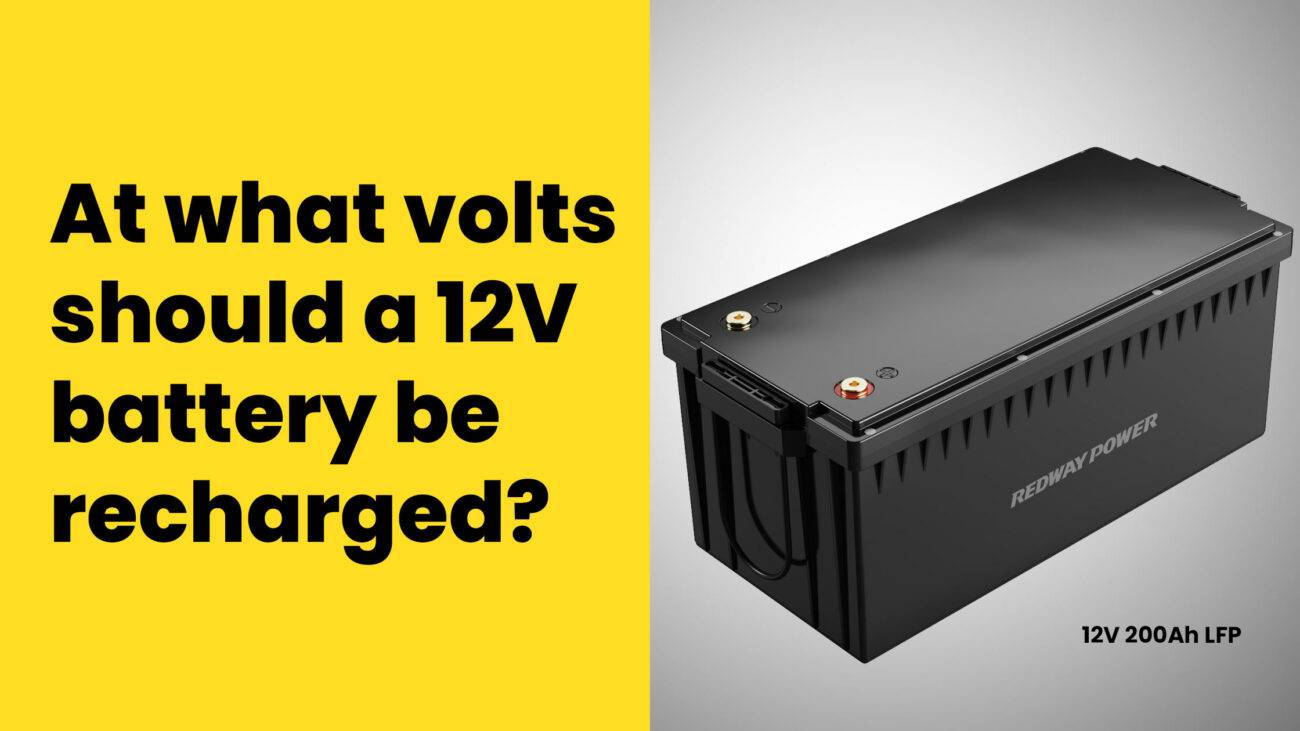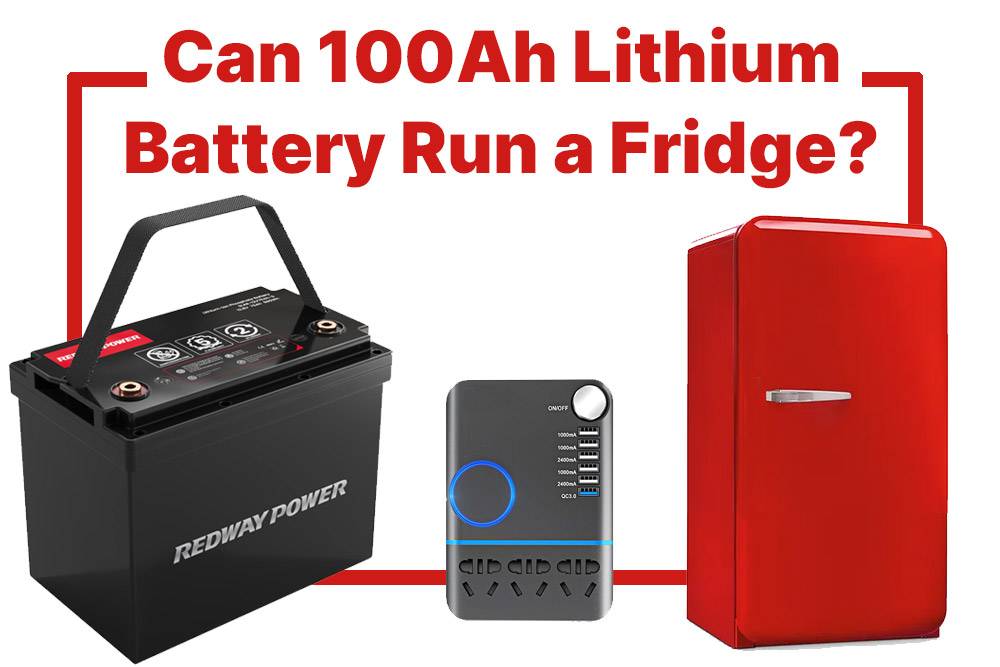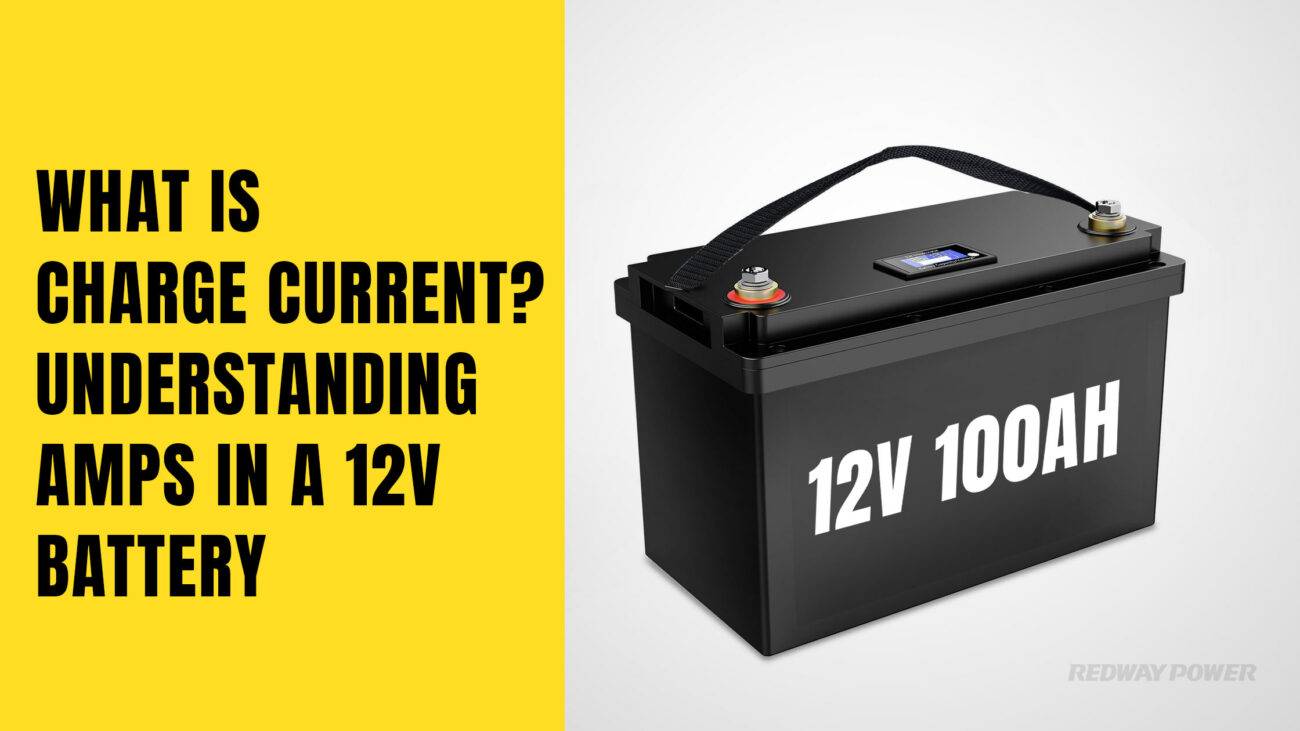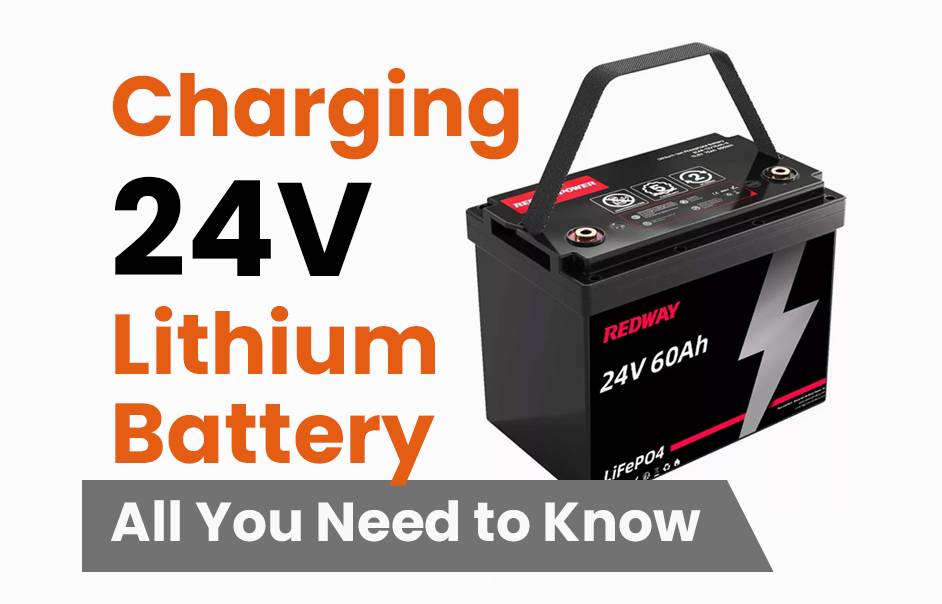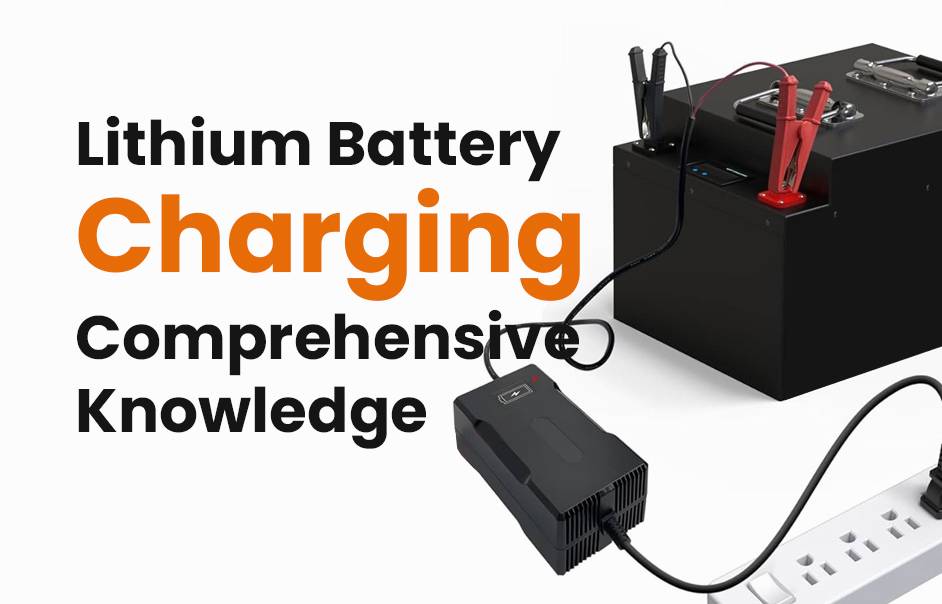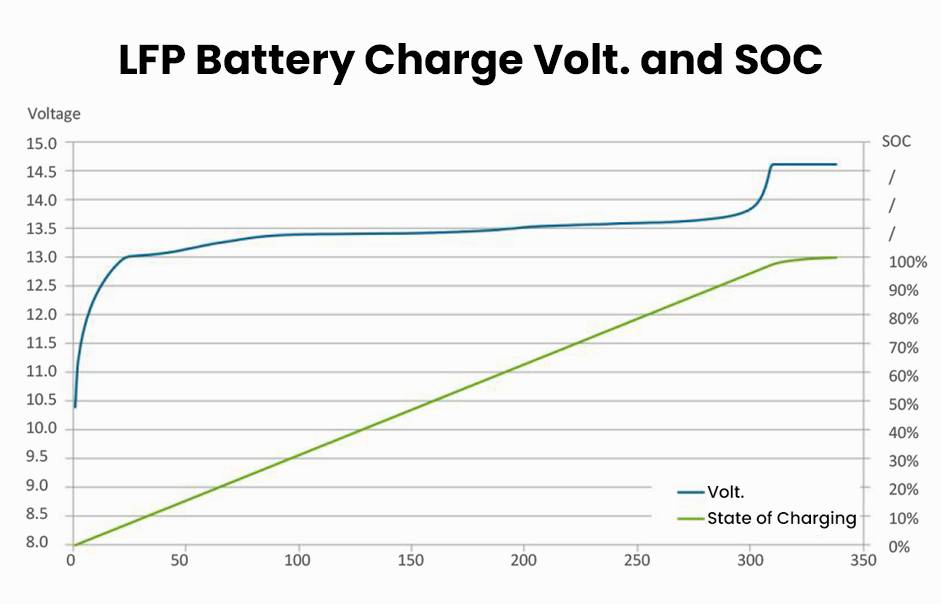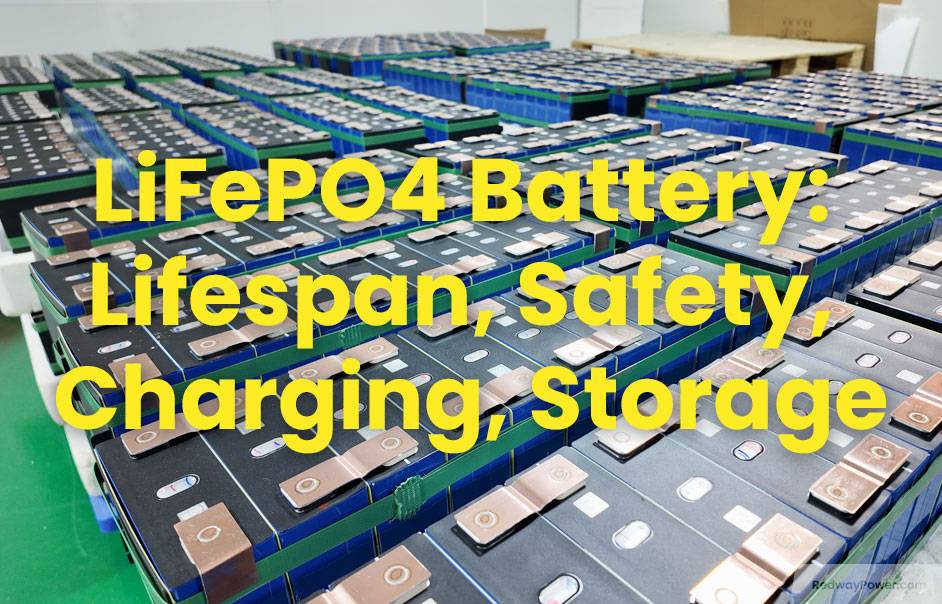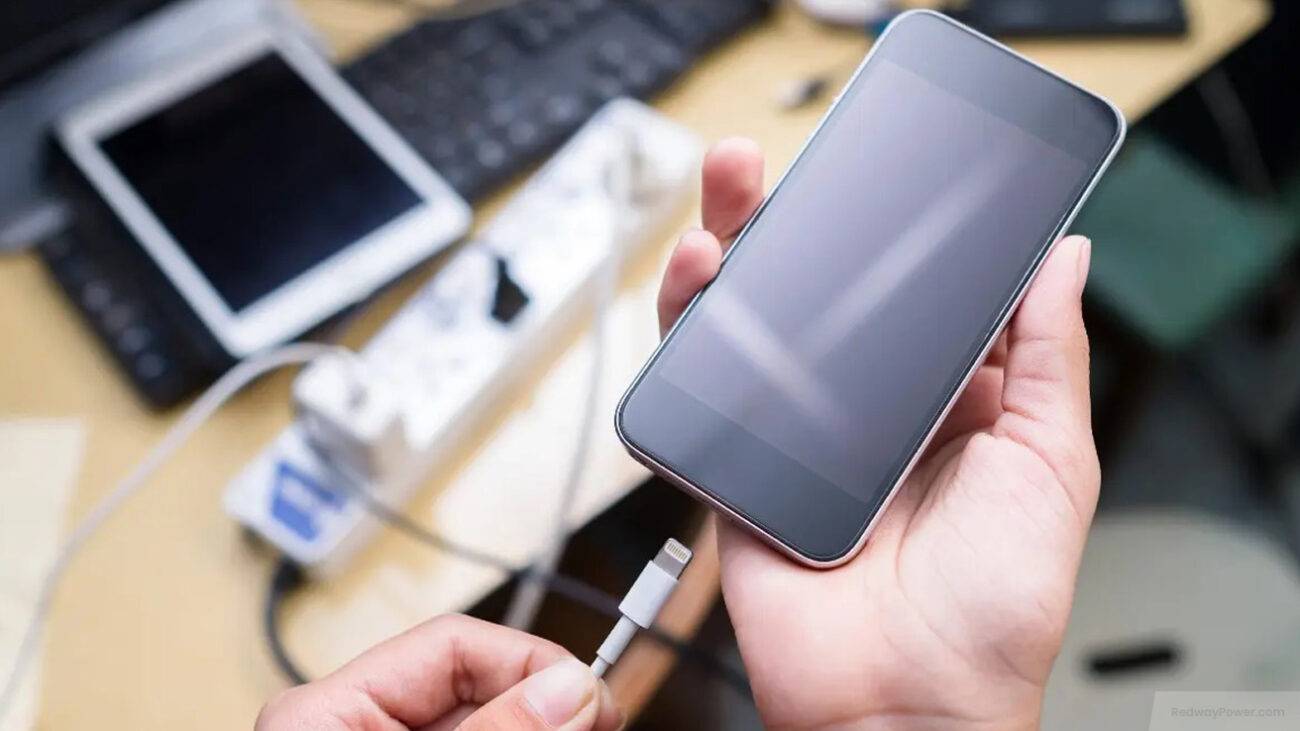Gain insights into efficiently and safely charging your 100Ah battery in this informative blog post. Explore the factors influencing charging currents, calculate the maximum current for a 100Ah battery, select the appropriate charger, and learn vital safety measures. Dive into the realm of battery charging to empower your understanding and ensure optimal battery performance. Let’s power up our knowledge together!
Understanding Battery Charging Current
Understanding battery charging current is crucial for maintaining your 100Ah battery effectively.
- Definition: Battery charging current, measured in amperes (A), indicates the amount of electric current required to charge a battery. It determines how quickly and efficiently the battery can be charged.
- Factors Influencing Maximum Charging Current: Factors such as battery capacity (e.g., 100Ah), chemistry, age, temperature, and internal resistance affect the maximum charging current. Different battery types have varying optimal charging currents based on their construction and chemical composition.
- Determining Maximum Charging Current: Consult the manufacturer’s specifications or documentation for your 100Ah battery to determine its recommended maximum charging current range. Typically, it’s advisable not to exceed 25-30% of the rated capacity when selecting a charger.
Understanding and adhering to these limits ensures the health and longevity of your 100Ah battery while providing reliable performance. By selecting the appropriate charger and charging within the recommended range, you can optimize the charging process for your battery’s needs.
Factors Affecting Maximum Charging Current
Understanding the factors that influence the maximum charging current of a 100Ah battery is essential for safe and efficient charging.
- Charger Type: Different chargers vary in their capacity to deliver current to the battery. Ensure compatibility with your 100Ah battery and choose a charger capable of providing sufficient current.
- State of Charge: A fully discharged battery initially accepts a higher charging current, which decreases as it approaches maximum charge level.
- Temperature: Higher temperatures lower battery resistance, allowing for greater current acceptance during charging. Extreme temperatures, however, can affect battery performance and safety.
- Manufacturer Recommendations: Some batteries have specific guidelines for maximum charging currents provided by the manufacturer. Always consult these recommendations before selecting a charger.
- Wiring Resistance and Voltage Drop: Consider the impact of wiring resistance and voltage drop when determining maximum charging currents for 100Ah batteries.
By considering these factors, you can optimize the charging process for your 100Ah battery, ensuring both efficiency and safety.
Calculating Maximum Charging Current for a 100ah Battery
Calculating the maximum charging current for a 100Ah battery is essential for effective and safe charging practices.
- Understand the Formula: To calculate the maximum charging current, you’ll need the battery’s capacity (100Ah) and its recommended charge rate, often denoted as C/5.
- Apply the Formula: Divide the battery’s capacity by its recommended charge rate. For example, for a 100Ah battery with a recommended charge rate of C/5:Maximum Charging Current = Battery Capacity / Recommended Charge Rate = 100Ah / (100Ah * (1/5)) = 20 amps
- Interpret the Result: In this case, the maximum charging current for the 100Ah battery would be approximately 20 amps.
Always cross-reference these calculations with your battery’s documentation or seek expert advice for accuracy. Using chargers designed for your battery type ensures safety and optimal performance during charging.
Choosing the Right Charger for Your 100ah Battery
Choosing the right charger for your 100Ah battery is crucial for efficient charging. Here’s how to make the best decision:
- Battery Compatibility: Ensure the charger matches your battery type. Refer to the manufacturer’s guidelines or seek expert advice for compatibility.
- Charging Speed: Determine if you need fast charging or prefer a slower pace to extend battery life. Choose a charger with an appropriate output current accordingly.
- Portability vs. Fixed: Decide between a portable charger for flexibility or a fixed one for dedicated charging. Consider your usage scenario.
- Safety Features: Look for overcharge protection and temperature compensation to safeguard your battery during charging.
- Budget Consideration: While quality matters, explore chargers within your budget range without compromising on reliability.
Selecting the right charger ensures both your 100Ah battery and charging system perform optimally and last longer.
Safety Precautions for Charging Batteries
Following these safety precautions, you can ensure a safe and efficient charging process for your 100Ah battery:
- Read Instructions: Familiarize yourself with the manufacturer’s guidelines to understand specific requirements and limitations.
- Use Compatible Charger: Always use a charger designed for your 100Ah battery to avoid damage from incompatible voltage or current levels.
- Ventilation: Charge batteries in well-ventilated areas to disperse any gases produced during charging, reducing the risk of fire or explosion.
- Prevent Overcharging: Choose chargers with safety features like automatic shut-off to prevent overcharging, which can shorten battery lifespan and pose safety hazards.
- Monitor Progress: Regularly check the charging process for anomalies like excessive heat or swelling, indicating potential issues.
- Adhere to Polarity: Ensure correct polarity when connecting the charger to the battery to prevent short-circuiting and damage.
- Proper Storage: Store batteries in a cool, dry place at room temperature when not in use to maintain their health and prevent damage.
Following these precautions safeguards both you and your 100Ah battery from potential risks during the charging process.

